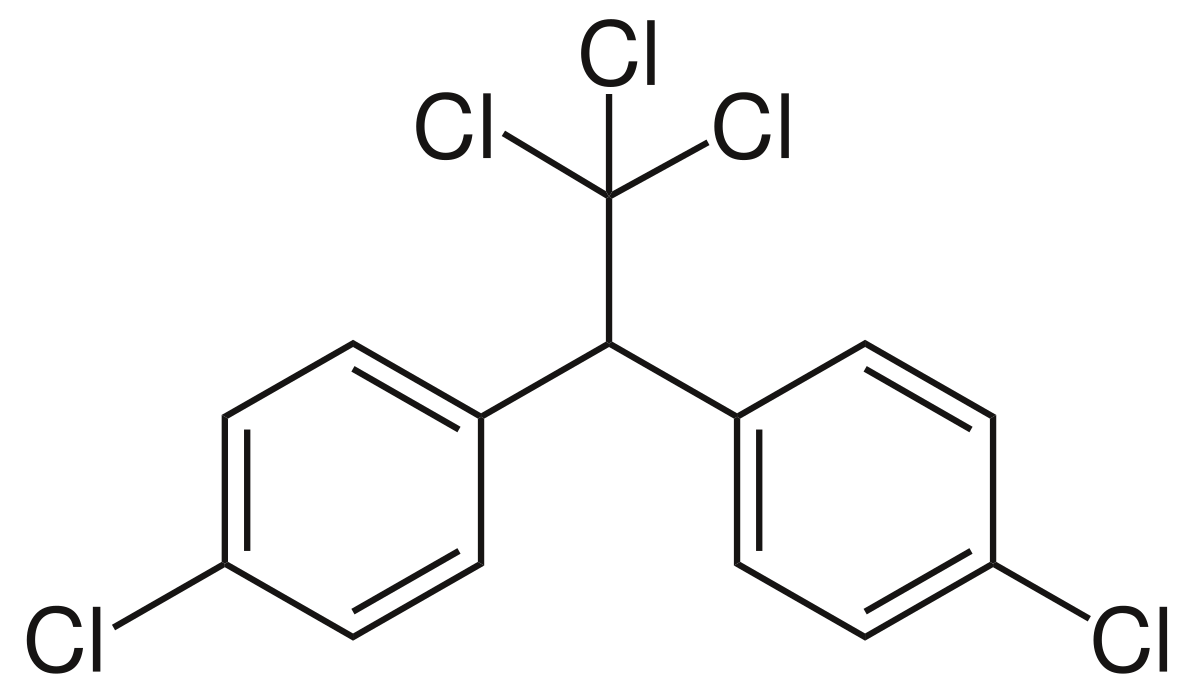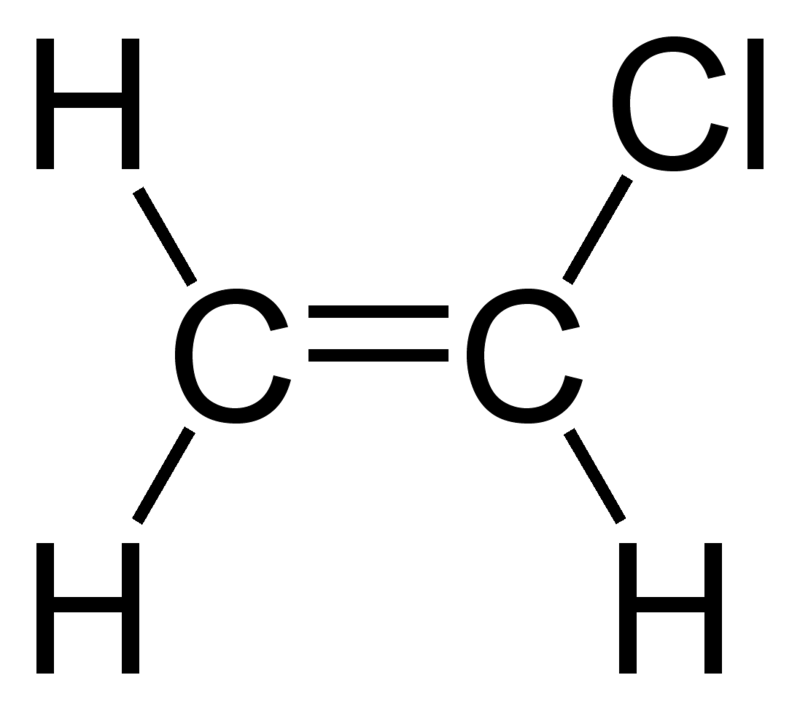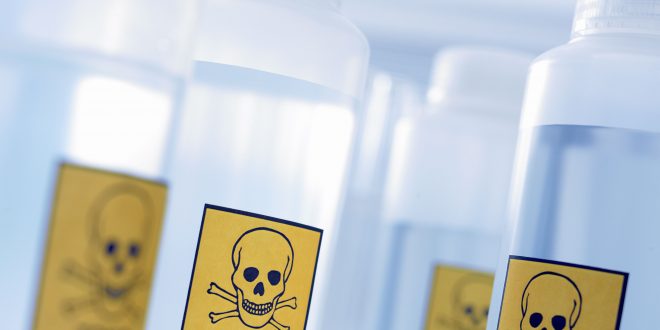Toxicity is the degree to which a substance can damage an organism. Toxicity can affect a whole organism, such as an animal, bacterium, or plant, as well as a cell (cytotoxicity) or an organ such as the liver (hepatotoxicity). Toxicity effects are dose-dependent; so, even water can lead to water intoxication when taken high dose, and even a very toxic substance such as snake venom there is a dose below which there is no detectable toxic effect.
Toxins
Toxic substances or toxins are those chemicals that cause adverse effects on organisms. These are also known as toxicants.
Toxicology
Toxicology is the study of the effects of toxicants.
Best safe and secure cloud storage with password protection
Get Envato Elements, Prime Video, Hotstar and Netflix For Free
Best Money Earning Website 100$ Day
#1 Top ranking article submission website
Types of toxicity
Toxic effects are mainly divided into two types:
Acute toxicity
- Acute effects are manifested immediately after exposure.
- These are often short-lived and are generally caused by high levels of exposure.
- e.g. a headache while riding home in rush-hour traffic which may have been caused by CO from automobile exhaust.
Chronic toxicity
- Chronic effects are delayed and long-lasting.
- These are generally the result of low-level exposure.
- e.g. changes in the normal anatomy and physiology of an organism.
- They may include cancer, mutation, birth effect and reproductive impairment.
- Toxicity due to arsenic consumption results into arsenicosis.
Mechanism of toxicity
Toxic substances work in 3 major ways:
- By regulating the enzymatic activity
- By binding directly to cell
- By releasing chemical substances
1. By regulating the enzymatic activity
- Enzymes regulate many important chemical reactions.
- Toxins can affect the functions of these enzymes.
- Therefore, the function of an organ or tissue may be altered seriously by the disturbance of enzymatic activity.
- For example, mercury (Hg) and lead (Pb) both bind to certain enzymes, blocking their activity.
- The activities of antioxidant and digestive enzymes superoxide dismutase (SOD), glutathione peroxidase (GPX) and catalase (CAT) are affected by Hg.
2. By binding directly to cell
- Toxins may bind directly to cells as molecules within the cell.
- As a result the chemical balance within the body is upset.
- For examples, CO binds to hemoglobin in blood, this interferes with the transport of O2 and can lead to death if levels are high enough.
3. By releasing chemical substances
- Toxin may cause the release of other naturally occurring substances that have an adverse effect.
- The toxin carbon tetrachloride (CCl4), used as fire extinguisher or cleaning agent, stimulates certain nerve cells to release large quantities of epinephrine (adrenaline) which is believed to cause liver damage.
Some toxic chemicals and their effects
| Category | Original source | Uses | Human health effects |
Environmental effects |
| A. Pesticides | ||||
| Aldrin/dieldrin | Chemically manufactured |
Insecticides (termites, grasshopper) |
Tremors, convulsions, damage to kidney, suspected carcinogenic, mutagen |
Reproductive failure of birds and fish. Persistant organic pollutants |
| DDT (Dichlorodiphe nyltrichloroethane) |
” | ” | Tremors, Degradation of central nervous systems (CNS) |
Reproductive failure of fish, eggshell thinning in birds |
| Parathion | ” | (cotton, rice, fruit trees) |
Acute toxicity | Kills wild life |
| 2,4-D (2, 4- Dichloropheno xyacetic acid) |
” | Herbicides(Broad-leaved weeds) |
Forms nitrosamines in intestinal tract |
Kills wild life |
| B. Industrial chemicals | ||||
| Asbestos | Mining, milling |
Brake lining, fire proofing, insulation |
Lung damage, lung cancer, stomach cancer |
Environmental toxicity, pollution |
| Benzene | Petroleum refining |
Gas additive, insecticides, detergents, fibre |
Anemia, bone marrow damage, leukemia |
Environmental toxicity, pollution |
| Vinyl chloride |
Chemically manufactured |
Plastic, polyvinyl chloride (PVC) Toys, packages etc. |
Liver damage, birth anomalies, liver, respiratory brain cancer, bone damage |
Liver damage in mammals, kidney damage, eggshell thinning in birds, suspected reproductive failure in birds Most toxic plastic (WHO) |
| C. Metals | ||||
| Arsenic | Mining, smelting, Underground water |
Glass, pesticides, hardening agent for copper, lead and alloy |
Vomiting, poisoning, degeneration of liver and kidney, lung and causes cancer |
Persists in soils, toxic to crops |
| Lead | Mining, leaching |
Batteries, piping in drainage system, coloring agent |
Anemia, Kidney damage CNS damage |
Poisoning in domestic animals, birds and fish |
| Mercury | Mining, leaching, volcanic ashes |
Chlorine production, scientific and industrial instruments, batteries, pesticides |
Irritability, nervousness, depression, hallucination, Kidney damage |
Reproductive failure, death of fish |
Structures of some chemicals
| DDT (DichloroDiphenylTrichloroethane) | 2,4-D (2, 4-Dichlorophenoxyacetic acid) |
 |
 |
| Parathion (Parathion-ethyl organophosphates compound) |
Vinyl Chloride |
 |
Good to know
- Asbestos: Six chemicals are defined as asbestos including-chrysotile, amosite, chrocidolite, tremolite, anthophyllite, and actinolite.
- Lead and mercury is a neurotoxin that accumulates in soft tissue of bone over time.
 Plantlet The Blogging Platform of Department of Botany, University of Dhaka
Plantlet The Blogging Platform of Department of Botany, University of Dhaka





